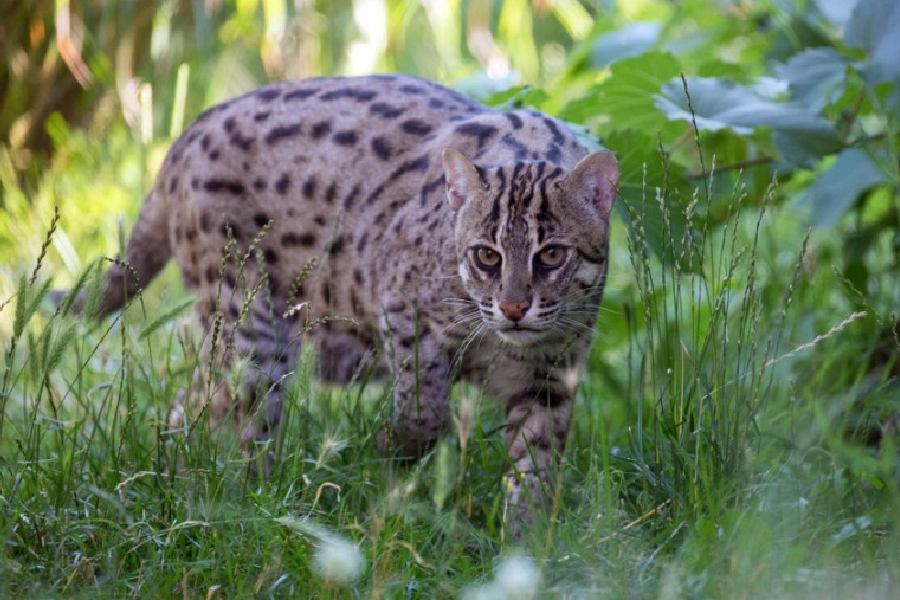A conservation breeding programme has been launched in a zoo in West Bengal to protect the fishing cat, a ‘vulnerable’ species, state Forest Minister Jyotipriya Mallick said.
The exercise will be carried out in other places as well, and, if the breeding programme for West Bengal’s state animal becomes successful, several of the fishing cats to be born will be released into their natural habitat by 2024.
The programme started at Garchumuk Zoological Garden in Howrah district and it will be conducted in districts like Bankura and Jhargram in the southern part of the state and a few places in the north, Mallick said.
The Conservation Breeding Programme is the science of conserving a species by preventing imminent population collapse in the wild due to a large number of eliminative pressures such as habitat loss, habitat fragmentation, industrialisation, poaching, illegal trade and climate change, an official said.
The conservation breeding programme aims at conserving the genetic diversity of the species and restocking or reintroducing the species to re-establish a self-sustaining population in its natural wild habitat, the official said.
“A total of six to eight pairs of fishing cats are expected to be released into their natural habitat in 2024,” Member Secretary of West Bengal Zoo Authority, Sourav Choudhury, said.
The fishing cat (Prionailurus viverrinus) or ‘Baghrol’ in Bengali is a medium-sized wildcat that is found in the Indian subcontinent and parts of south-east Asia. Certain characteristics allow the animal, which has been described as a 'vulnerable' species, to survive in wet, watery conditions.
According to the International Union for Conservation of Nature (IUCN), Vulnerable is a category containing those species that possess a very high risk of extinction as a result of rapid population decline.
Besides Garchumuk Zoological Garden, the zoo in Kolkata’s Alipore has initially been selected for the conservative breeding of the fishing cat, Choudhury said.
A study is underway to identify the places where the animals born in captivity could be released.
“The study is needed to find out whether the people in and around the places where the fishing cats would be released, would be friendly enough so that the animals could survive,” Choudhury said.
The aim is to reduce human interference as much as possible before the animals are released into their natural habitat, he said.
Initially, Jharkhali in the Sundarbans in South 24 Parganas district has been selected for releasing the fishing cats bred in captivity. The place was selected after a study was conducted there, the official said.
Similar studies are being conducted in districts such as Howrah, Hooghly, Purba and Paschim Bardhaman to find out whether these animals could be released in those places.
The forest minister also said that some of these animals will be displayed at the Bengal Safari Zoo at Siliguri in the northern part of the state.
The Alipore Zoological Garden and Garchumuk Zoological Garden had been selected for the setting up of a fishing cat conservation centre at the 20th technical committee meeting of West Bengal Zoo Authority held in April 2021.
Except for the headline, this story has not been edited by The Telegraph Online staff and has been published from a syndicated feed.











